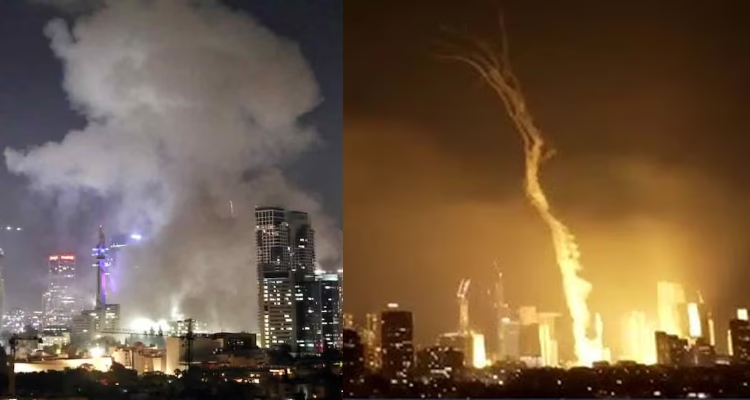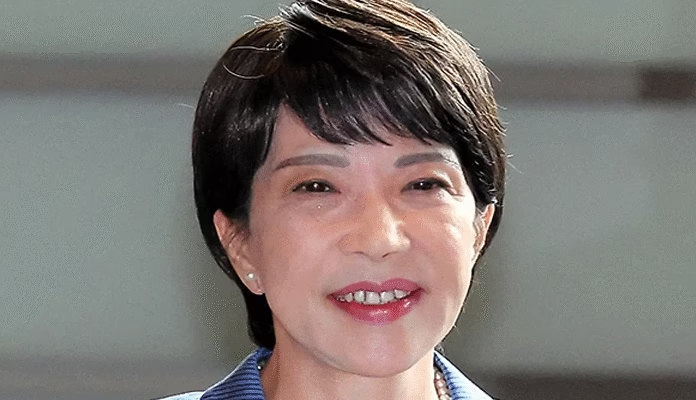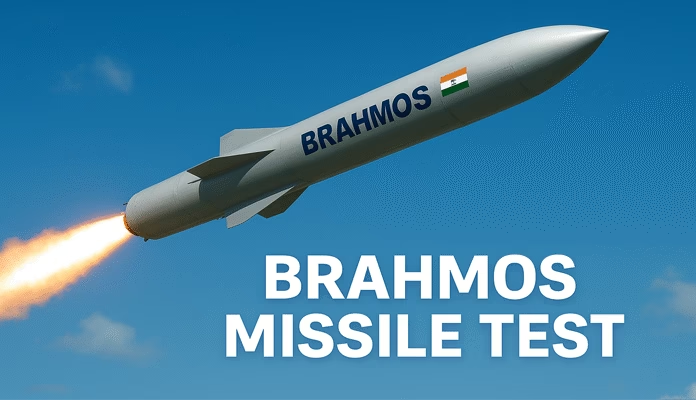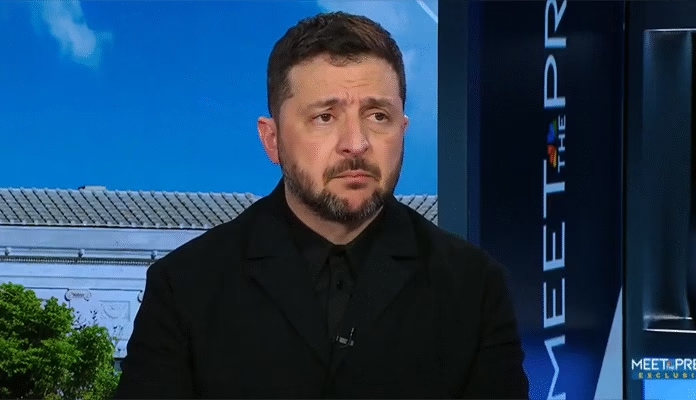
 by Aditya Verma
by Aditya Verma
The escalating conflict between Israel and Iran, unfolding across a volatile and fragmented Middle East, has once again dragged the region into the dangerous vortex of war, proxy violence, and geopolitical brinkmanship, evoking fears of a broader conflagration that could surpass the destructive precedents of the past two decades. The recent strikes and counterstrikes—ranging from air raids on Iranian positions in Syria and Lebanon to drone swarms targeting Israeli infrastructure and covert cyber intrusions—are not merely isolated military events but symptomatic of a deeper, long-simmering ideological, religious, and strategic rivalry that has metastasized across national borders.
Iran’s strategic use of proxies such as Hezbollah in Lebanon, the Houthis in Yemen, and the militias in Iraq and Syria has long served as an asymmetric counter to Israel’s technological superiority and U.S. support. Israel, in turn, has ramped up its policy of “preemptive deterrence,” asserting the right to strike Iranian interests wherever they are perceived to pose a threat. With the April 2025 missile exchange that left Tel Aviv, Damascus, and parts of Tehran on high alert, the conflict took a dangerous new turn, drawing international concern, emergency U.N. Security Council sessions, and diplomatic shuttle diplomacy from Washington, Moscow, and Beijing.
However, unlike earlier skirmishes that were largely limited to proxy arenas, the current clash is marked by unprecedented direct strikes, including Israel’s open attack on Iranian nuclear development sites and Iran’s retaliatory missile barrage, signaling the potential unraveling of the long-maintained doctrine of strategic ambiguity. The Middle East, already reeling from economic crises, refugee flows, and intra-Arab rivalries, now faces a new wave of destabilization that could engulf not just Israel and Iran, but also Lebanon, Syria, Iraq, and the fragile Gulf monarchies. Jordan and Egypt, while officially neutral, are already grappling with internal dissent, economic unrest, and security anxieties as tensions escalate. Meanwhile, Saudi Arabia, having taken cautious steps toward rapprochement with Iran under Chinese mediation in 2023, now finds itself walking a tightrope between maintaining regional diplomacy and addressing its own national security concerns vis-à-vis Iran’s regional reach and Israel’s unpredictable military responses.
The U.S., traditionally seen as Israel’s staunchest ally and Iran’s most vocal adversary, now appears hesitant, constrained by war fatigue, domestic political divides, and the shifting sands of global alliances post-Ukraine and Gaza. President Biden’s administration has reiterated support for Israel’s right to self-defense but has also cautioned against an all-out war that could drag American forces and assets in the region into another endless conflict. On the other hand, Russia and China, both seeking to expand their diplomatic and economic footprint in West Asia, have condemned Israeli aggression while offering symbolic support to Iran—revealing how the Middle East continues to serve as a chessboard for great power rivalry. The broader Arab world remains divided: while some regimes quietly support Israel’s containment of Iranian influence, others fear the humanitarian cost and political blowback of siding with either camp. Civil society, meanwhile, watches in horror as cities burn, innocents die, and political leaders offer militaristic rhetoric instead of dialogue.
The real victims of this geopolitical contest are, as always, the ordinary civilians—Syrian refugees caught in crossfire, Palestinian families displaced again, Iranian students silenced by wartime crackdowns, and Israeli children traumatized by sirens and shelters. The United Nations’ repeated calls for de-escalation, ceasefire, and negotiation seem hollow in the absence of any concrete enforcement or a trusted multilateral platform acceptable to both Tehran and Jerusalem. The Iran-Israel conflict also raises disturbing questions about the future of nuclear non-proliferation in the region.
With the JCPOA (Joint Comprehensive Plan of Action) all but dead and Iran resuming uranium enrichment at near-weapons-grade levels, fears of a nuclear arms race in the Middle East are no longer theoretical. Israel’s undeclared but widely acknowledged nuclear arsenal adds another layer of strategic ambiguity that could quickly spiral into catastrophe should miscalculation or technical error occur. The possibility of a cyber-triggered escalation, through AI-enabled drone swarms or hacked missile warning systems, adds a new and chilling dimension to the conflict. Furthermore, the environmental and economic consequences of this war are already being felt across the region: oil markets have spiked amid fears of disruptions in the Strait of Hormuz; tourism has collapsed in Egypt, Jordan, and parts of the UAE; and foreign investment in West Asia is drying up as political risk soars. Iran, already suffering under severe Western sanctions, faces additional international isolation, while Israel risks alienating its moderate Arab allies and the Global South, especially after the Gaza war and its controversial judicial reforms that raised questions about democratic backsliding.
India, a key regional player with strategic ties to both Israel and Iran, finds itself in a delicate position—balancing its energy security needs, diaspora concerns, and growing defense cooperation with Tel Aviv, even as it avoids overtly antagonizing Tehran or jeopardizing its own West Asia diplomacy. China’s Belt and Road ambitions in the region, too, face a major roadblock as ports, pipelines, and rail corridors become strategic targets in a war zone. The idea of the “New Middle East”—a zone of trade, innovation, and interfaith coexistence—once touted after the Abraham Accords, now seems like a mirage amid the ruins of airstrikes and sectarian fire. Perhaps the greatest tragedy of the current war is the failure of leadership and diplomacy. Despite decades of war, sanctions, peace processes, and summits, neither side has developed the political courage or strategic vision to move beyond zero-sum logic. The region’s future cannot be dictated by the logic of vengeance, nor secured by firepower alone.
What is urgently required is a reimagining of regional security—from deterrence to dialogue, from domination to coexistence. The international community, particularly neutral middle powers like India, Germany, and Brazil, must step up with credible mediation frameworks, confidence-building measures, and post-conflict reconstruction plans. There must be a renewed push for multilateral negotiations that include not just governments but also civil society voices, peacebuilders, and displaced communities. In a region where every war plants the seeds of another, only a comprehensive, inclusive, and sustainable peace process can prevent this cycle from repeating.
The world must act not only to stop the missiles, but to heal the wounds, bridge the divides, and ensure that the deserts of West Asia are known not for blood and fire, but for hope and renewal. The alternative is too grim to contemplate: a future where war is permanent, peace is forgotten, and generations grow up learning only the language of hate and fear. In the shadow of missiles and martyrs, the world must choose light over fire, diplomacy over destruction, and humanity over hubris—before it is too late.



